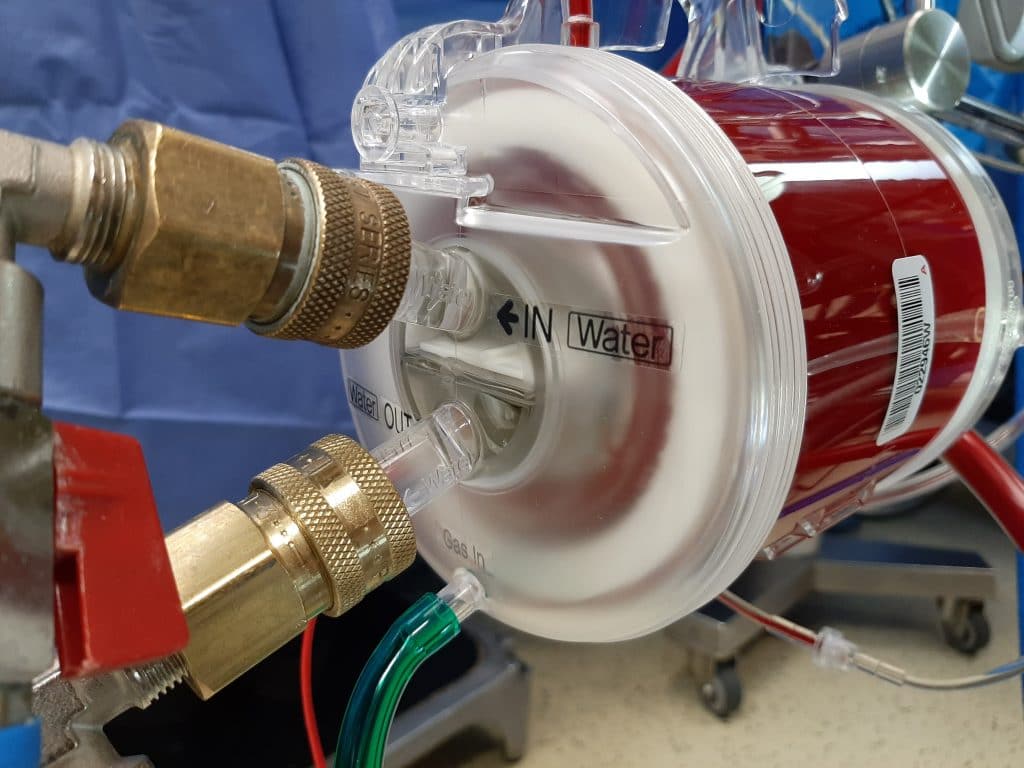Model-Based Design and Optimization of Blood Oxygenators

Blood oxygenators, also known as artificial lungs, are widely used in cardiopulmonary bypass surgery to maintain physiologic oxygen (O2) and carbon dioxide (CO2) levels in blood, and also serve as respiratory assist devices to support patients with lung failure. The time- and cost-consuming method of trial and error is initially used to optimize the oxygenator design, and this method is followed by the introduction of the computational fluid dynamics (CFD) that is employed to reduce the number of prototypes that must be built as the design is optimized. The CFD modeling method, while having progress in recent years, still requires complex three-dimensional (3D) modeling and experimental data to identify the model parameters and validate the model. In this study, we sought to develop an easily implemented mathematical models to predict and optimize the performance (oxygen partial pressure/saturation, oxygen/carbon dioxide transfer rates, and pressure loss) of hollow fiber membrane-based oxygenators and this model can be then used in conjunction with CFD to reduce the number of 3D CFD iteration for further oxygenator design and optimization. The model parameters are first identified by fitting the model predictions to the experimental data obtained from a mock flow loop experimental test on a mini fiber bundle. The models are then validated through comparing the theoretical results with the experimental data of seven full-size oxygenators. The comparative analysis show that the model predictions and experimental results are in good agreement. Based on the verified models, the design curves showing the effects of parameters on the performance of oxygenators and the guidelines detailing the optimization process are established to determine the optimal design parameters (fiber bundle dimensions and its porosity) under specific system design requirements (blood pressure drop, oxygen pressure/saturation, oxygen/carbon dioxide transfer rates, and priming volume). The results show that the model-based optimization method is promising to derive the optimal parameters in an efficient way and to serve as an intermediate modeling approach prior to complex CFD modeling.
